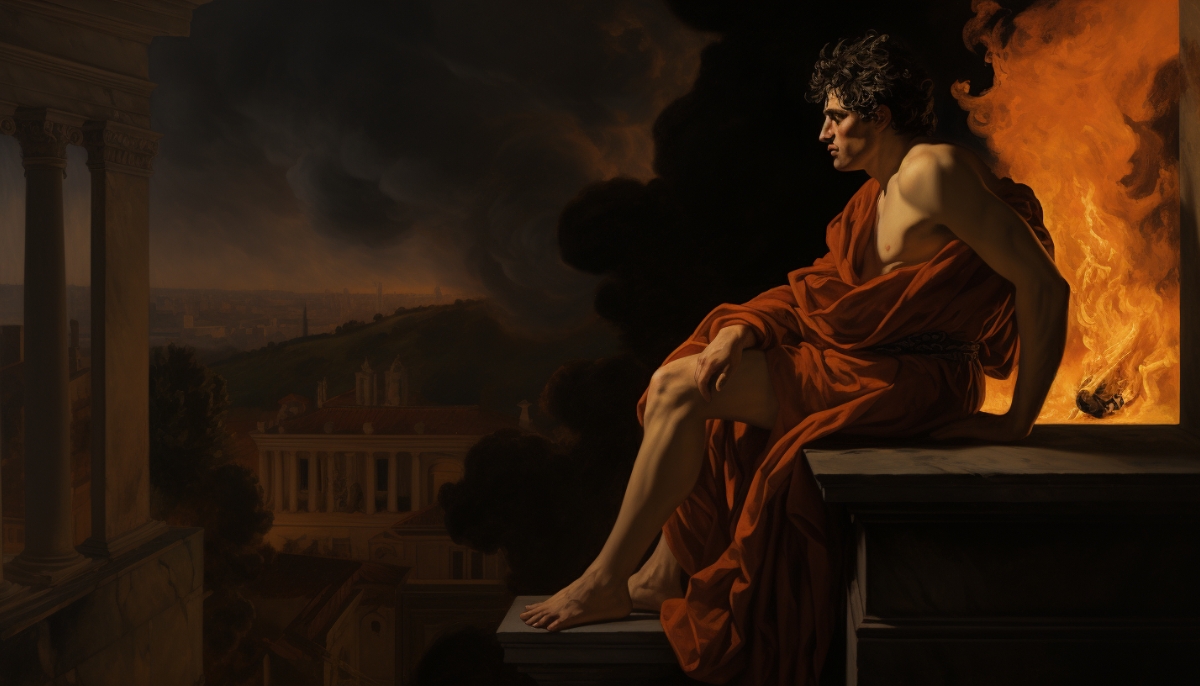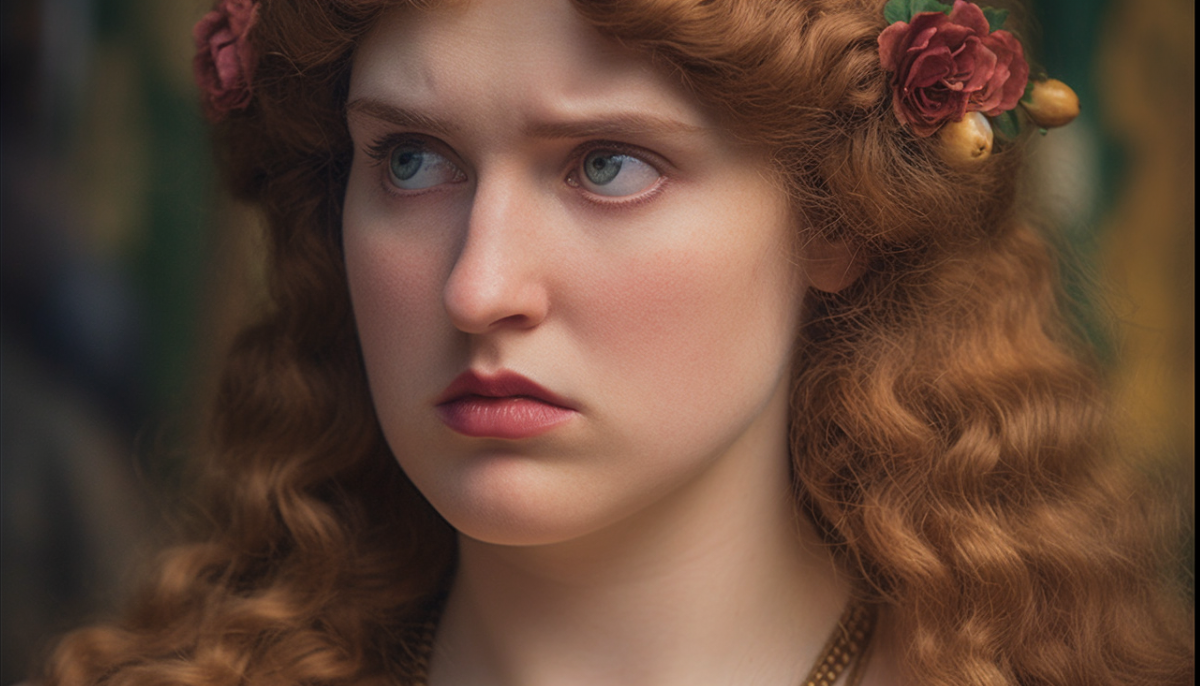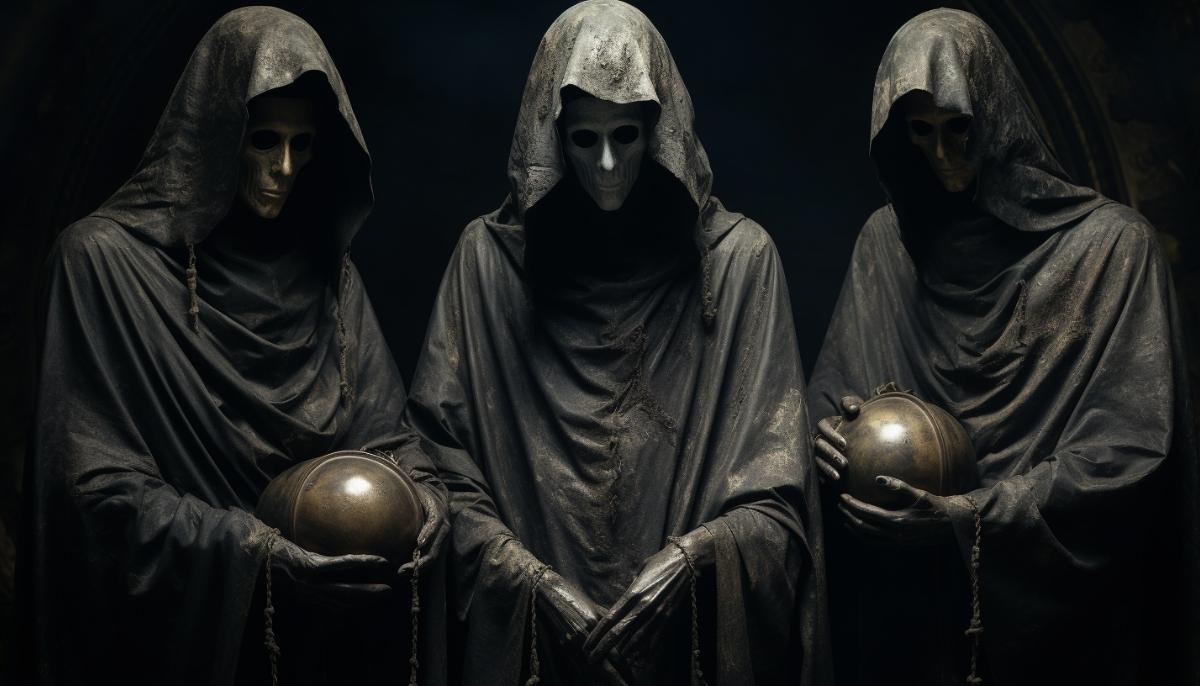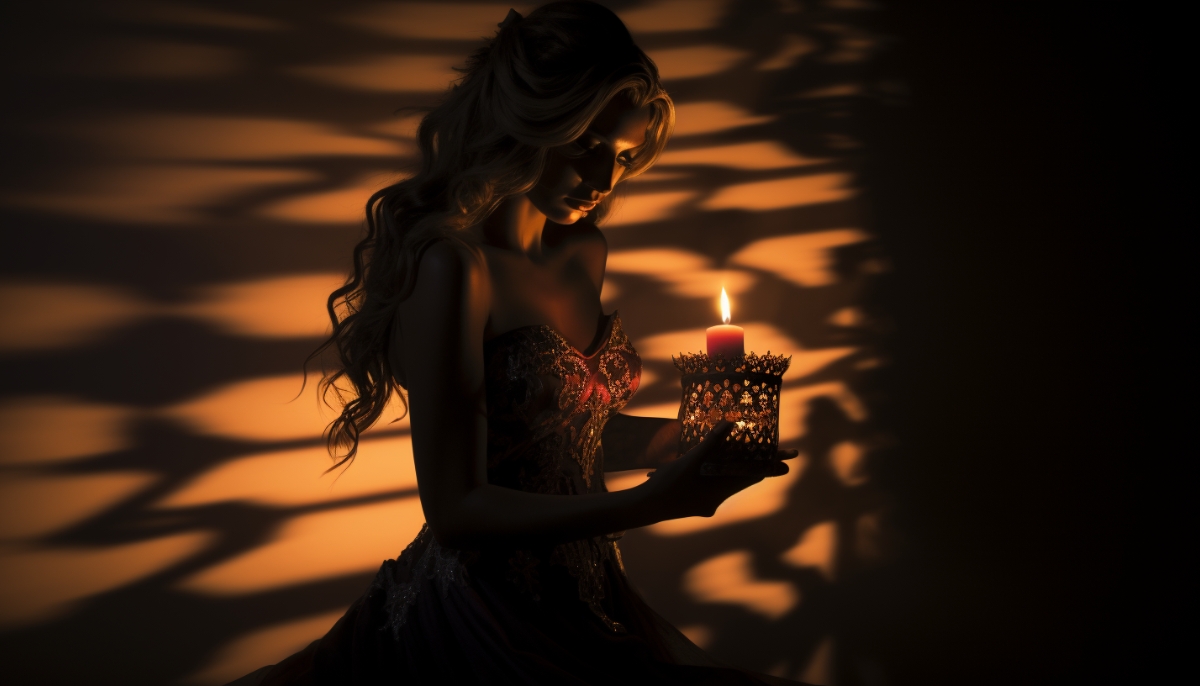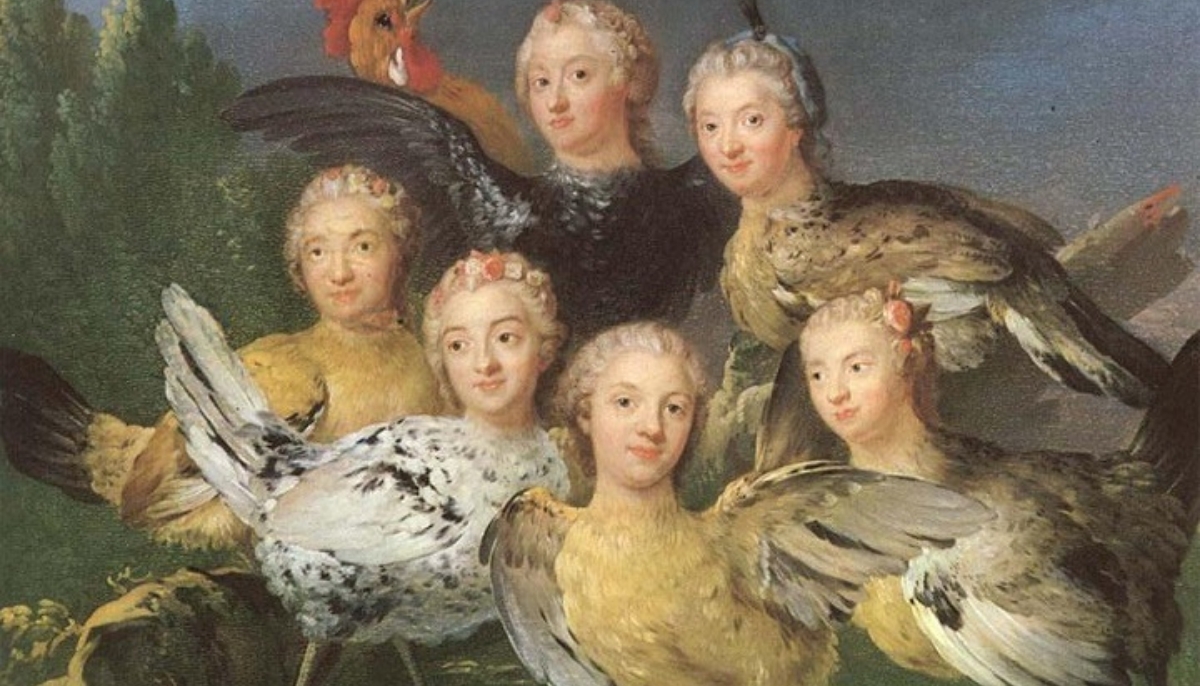Nero was the last Emperor of the Julio-Claudian dynasty. His reign ended a century-long family rule and led to civil unrest. He’s still a fascinating subject of interest today.
Known for both opulence and brutality, Nero spent lavishly on palaces and parties. He also executed his mother and persecuted Christians.
This article covers critical facts about Nero. We’ll discuss his role in the Great Fire of Rome, unusual musical pursuits, and unique political moves. Stay tuned for insights into this infamous Roman ruler.
1. Nero Murdered His Brother

Nero’s rise to power involved family drama and intrigue. His mother, Agrippina, married Emperor Claudius, who had a son, Britannicus. Agrippina pushed for Nero’s adoption, and soon Claudius died mysteriously, paving Nero’s path to the throne.
Agrippina initially aimed to control Nero, but their relationship soured. She then began supporting Britannicus, who was now old enough to rule. Nero saw this as a threat.
Nero first tries and fails to poison Britannicus. Not giving up, he worked closely with a poison master to perfect the formula. He finally succeeded in poisoning Britannicus at a dinner, eliminating his rival for good.
2. Nero Murdered His Mother
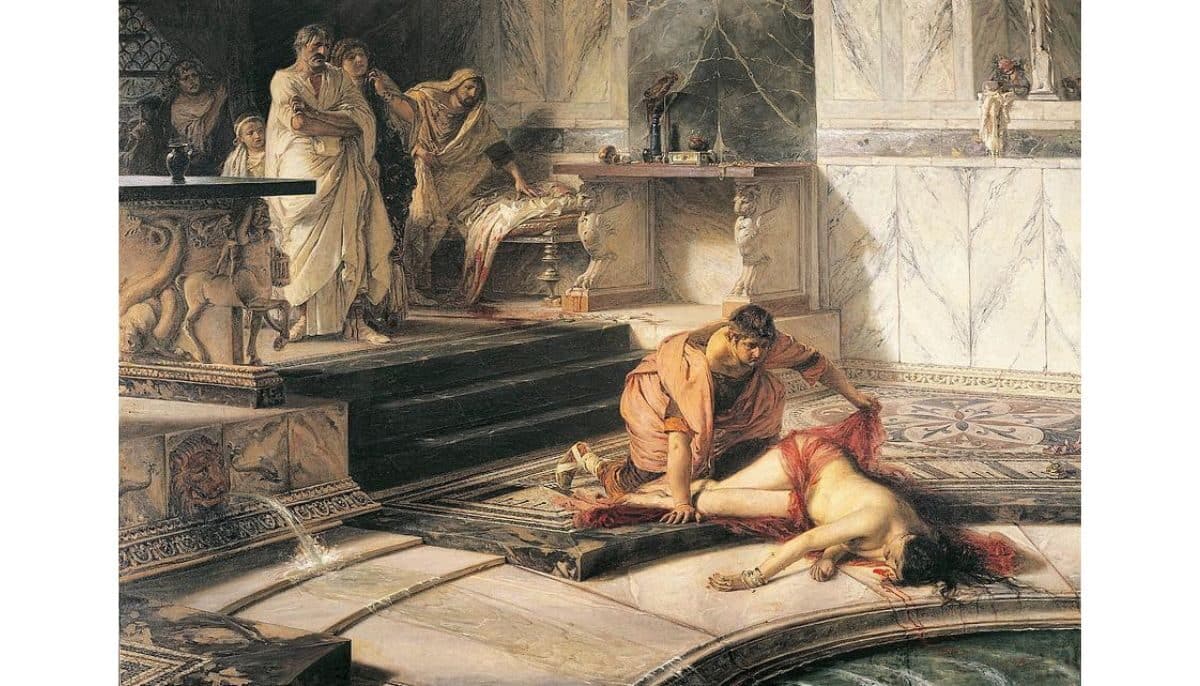
Nero viewed his mother, Agrippina, as a threat and plotted elaborate schemes to kill her. His first attempt was a self-sinking ship. Agrippina survived, but sailors mistakenly killed her companion.
Nero’s second plan involved a rigged bedroom intended to collapse on Agrippina. She discovered the plot and escaped.
Frustrated, Nero finally sent assassins. They killed Agrippina and staged it as a suicide. Her final words, “Smite my womb,” highlight their toxic relationship and Nero’s ruthless nature.
3. Nero Competed in the Olympics

Now free from the control of his overbearing mother, Nero was eager to explore his passions and indulge in his personal interests. Among these interests was his love for sports and athletics, which led him to compete in the Olympic games.
In 67 AD, Nero broke tradition by participating in the Olympic games. He entered the prestigious chariot race with ten horses instead of the standard four. This sparked controversy.
Nero struggled throughout the race, eventually crashing his chariot. Despite this, he was declared the winner and boasted about his victory. This further fueled his reputation for arrogance and narcissism.
4. Blamed the Great Fire of Rome on a Small Religious Cult – Christians
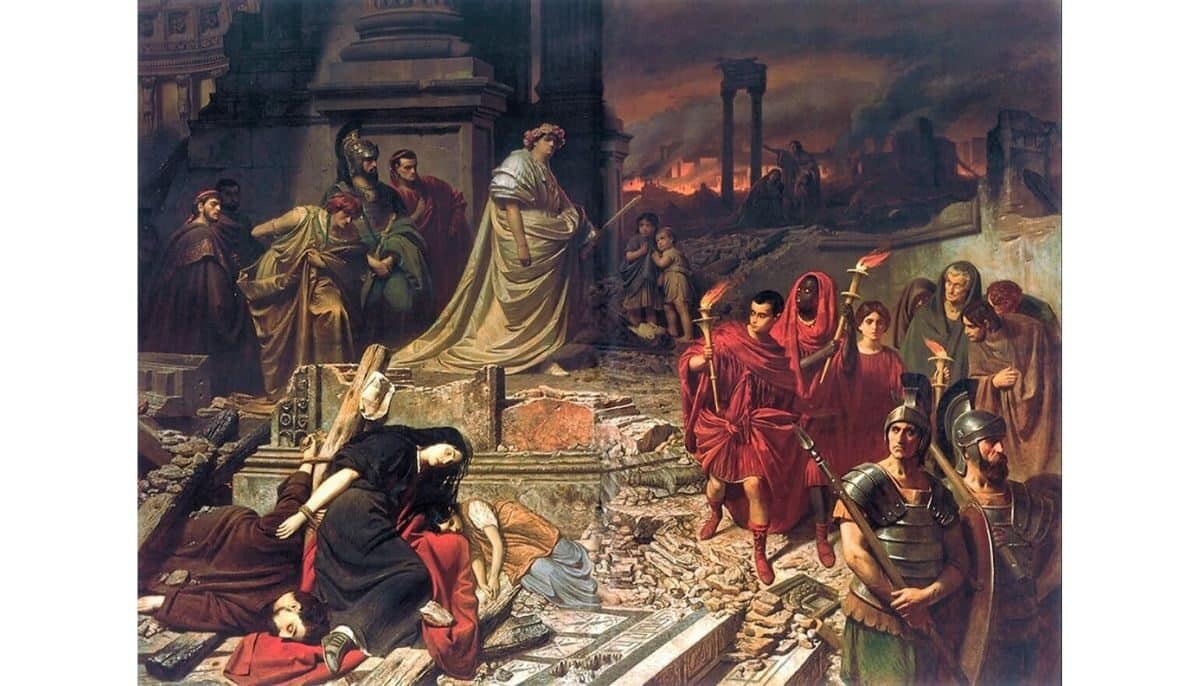
The Great Fire was a pivotal moment in Roman history. Although Nero wasn’t in Rome when it happened, he quickly capitalized on it. His rebuilding plans aimed to make Rome grander, aligning with his taste for opulence.
Nero’s strategy also included finding a scapegoat to divert public anger. He chose Christians, a little-known religious group at the time.
Accusing them of arson gave him a reason to initiate a severe crackdown. This persecution was particularly brutal, involving various forms of torture and execution, and marked one of the first significant instances of Christian persecution in history.
5. Nero Burnt Christians to Light His Garden
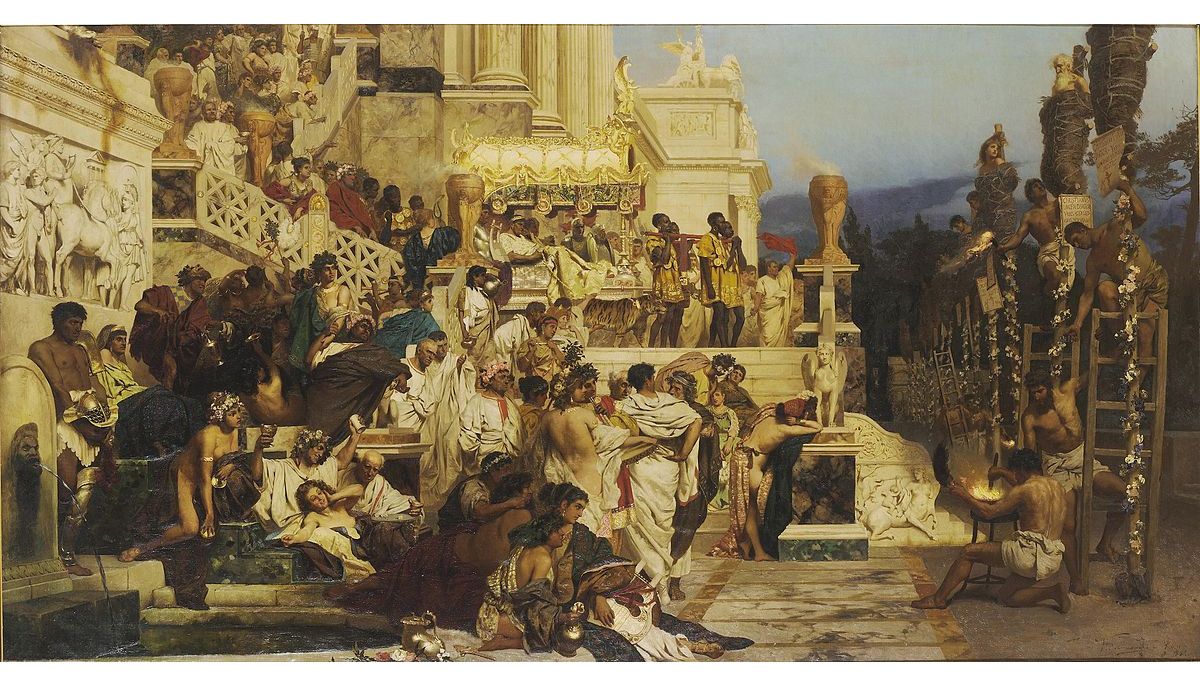
Nero’s reign featured many sadistic acts, and the tale of Nero’s torches stands out for its cruelty. He would set Christians on fire to illuminate his garden parties.
The brutal act turned human suffering into entertainment. The burning bodies served as a horrific spectacle for Nero and his guests. This extreme cruelty further cements Nero’s legacy as one of history’s most ruthless rulers.
6. Bankrupted the Imperial Treasury By Building His Golden House
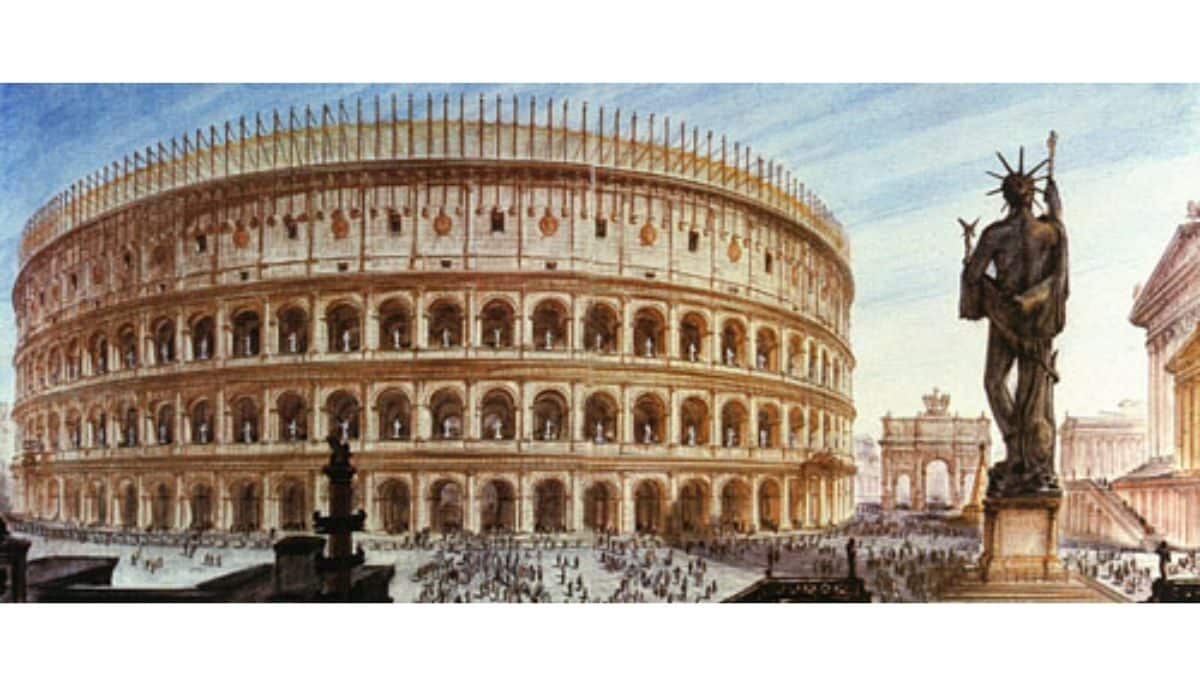
Nero’s Golden House was an architectural marvel filled with precious jewels, intricate frescoes, and floors of precious stones. The rotating banquet hall changed views to showcase Rome’s skyline. Lush gardens, ornate pools, and a lake added to its grandeur.
However, this opulence came at a cost. Nero seized land from Roman citizens, causing public resentment. The project’s massive scale led to traffic issues and damaged the sewer system. It also emptied the city’s treasury, setting the stage for financial troubles in Rome.
Despite these drawbacks, the Golden House epitomized Nero’s taste for extravagance. It also stands as a monument to the Great Fire, which cleared the space for this ambitious project.
7. Murdered His Pregnant Wife

Nero was deeply infatuated with Poppaea Sabina, one of Rome’s most beautiful women. Her pregnancy with their second child made Nero ecstatic.
However, a heated argument led Nero to kick his pregnant wife, causing fatal injuries to Poppaea and their unborn child.
Devastated, Nero mourned intensely and arranged a lavish funeral for her. Poppaea’s ashes were placed in the Mausoleum of Augustus.
The incident highlights Nero’s volatile temper and the tragic complexities of his personal life.
8. Nero Castrated and Married a Slave Boy Because He Resembled His Ex-Wife
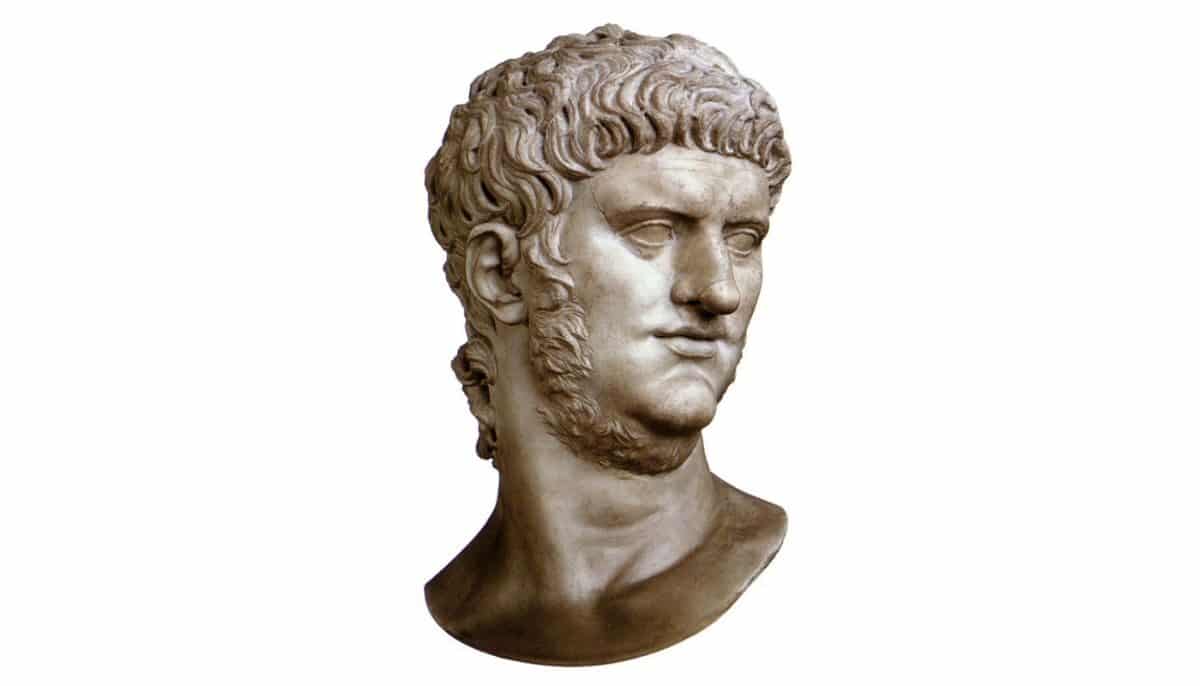
Nero’s relationship with Sporus is a brutal low point of his rule. The boy was castrated and surgically altered to resemble Nero’s late wife, Poppaea. Sporus was paraded as Nero’s queen and even accompanied him in public.
After Nero’s death, Sporus became involved with Otho, another contender for the Roman throne. This association ultimately led to Sporus’s capture by Vitellius.
Facing a brutal public humiliation and execution, Sporus chose to end his life.
- Homosexuality was different in ancient Rome than in the modern day. Learn more about the gay Emperors of the Roman Empire
9. Dressed as a Beast and Attacked Naked Children

Nero’s obsession with sexual imagery extended beyond this one gruesome pastime. He was known for his indulgence in orgies and debauchery. Historians say he had a particular fondness for young boys and was rumored to have engaged in homosexual relationships with them.
One of his favorite pastimes was to have people tied up naked to a post – possibly including children. He would then dress in the skin of an animal and be “unleashed” into the room. He would then attack the exposed genitals of his victims, imitating the animal.
Once he had finished defiling his guests, he would have them executed. Charming.
10. Could Nero Be the Antichrist?
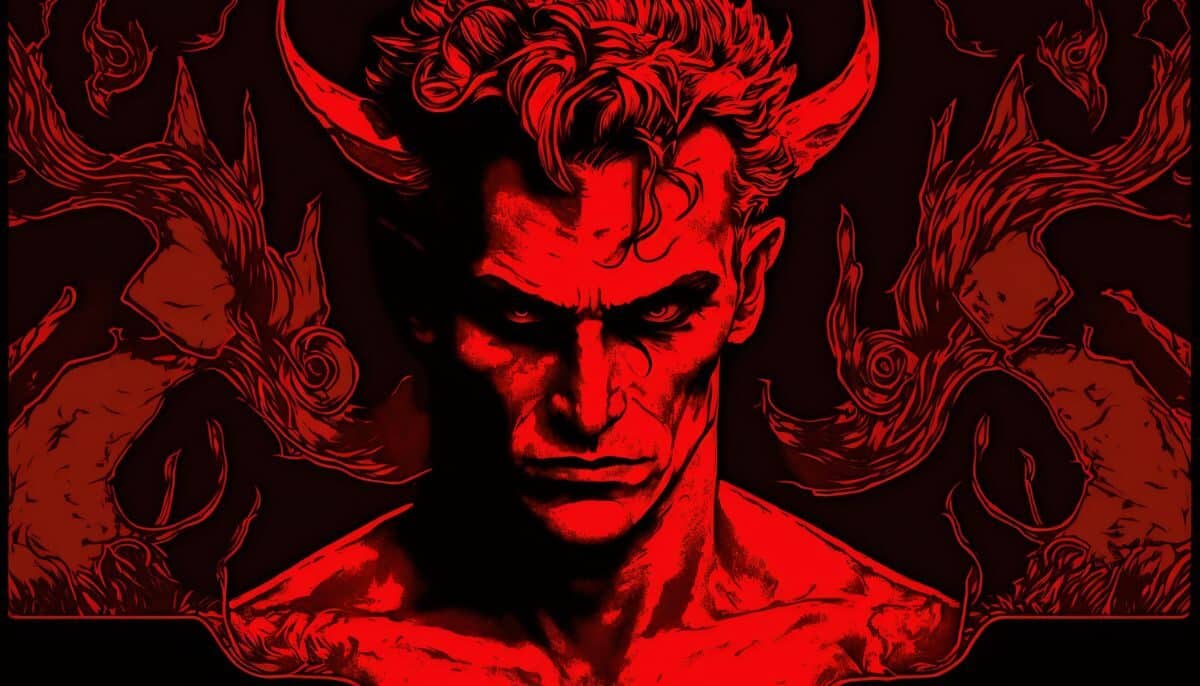
Nero’s brutal treatment of Christians earned him a dark reputation in Christian history, and he was often viewed as an antichrist figure. The idea that he might return to create further chaos was a common belief, especially during unrest.
Nero’s name is also connected to the number 666, described in the Book of Revelation as the “number of the beast.” Whether this number refers to Nero is debated among scholars.
Nero’s actions have left a lasting impact. His reputation for cruelty, extravagance, and sexual excess contributes to his enduring infamy.
The Revisionist View of Nero

In contrast to the dominant narrative that paints Nero as a villain, there’s a revisionist view suggesting he was not as terrible as classical sources make him out to be.
Proponents argue that Nero’s reputation suffered mainly due to the writings of historians like Tacitus, who were influenced by the politics of their time. They argue that the focus on Nero’s public spectacles and building projects highlights his efforts to enrich Rome and improve civic life culturally.
Furthermore, the revisionist perspective questions the reliability of accounts detailing Nero’s cruelty. It suggests that stories of sadism and capricious violence may have been exaggerated or fabricated to legitimize the rule of succeeding emperors.
Nero’s execution was not a public event, leading to several impostors claiming to be him after his death in an attempt to rule Rome. The very existence of these impostors hints at a more positive perception of Nero among some segments of the population. After all, no one would risk impersonating an Emperor if he were universally reviled; doing so would likely lead to immediate execution.
This alternative view posits that Nero may have been more nuanced and less evil than traditional accounts suggest. It offers a compelling counterpoint, inviting us to reconsider long-held beliefs about one of history’s most infamous rulers.
